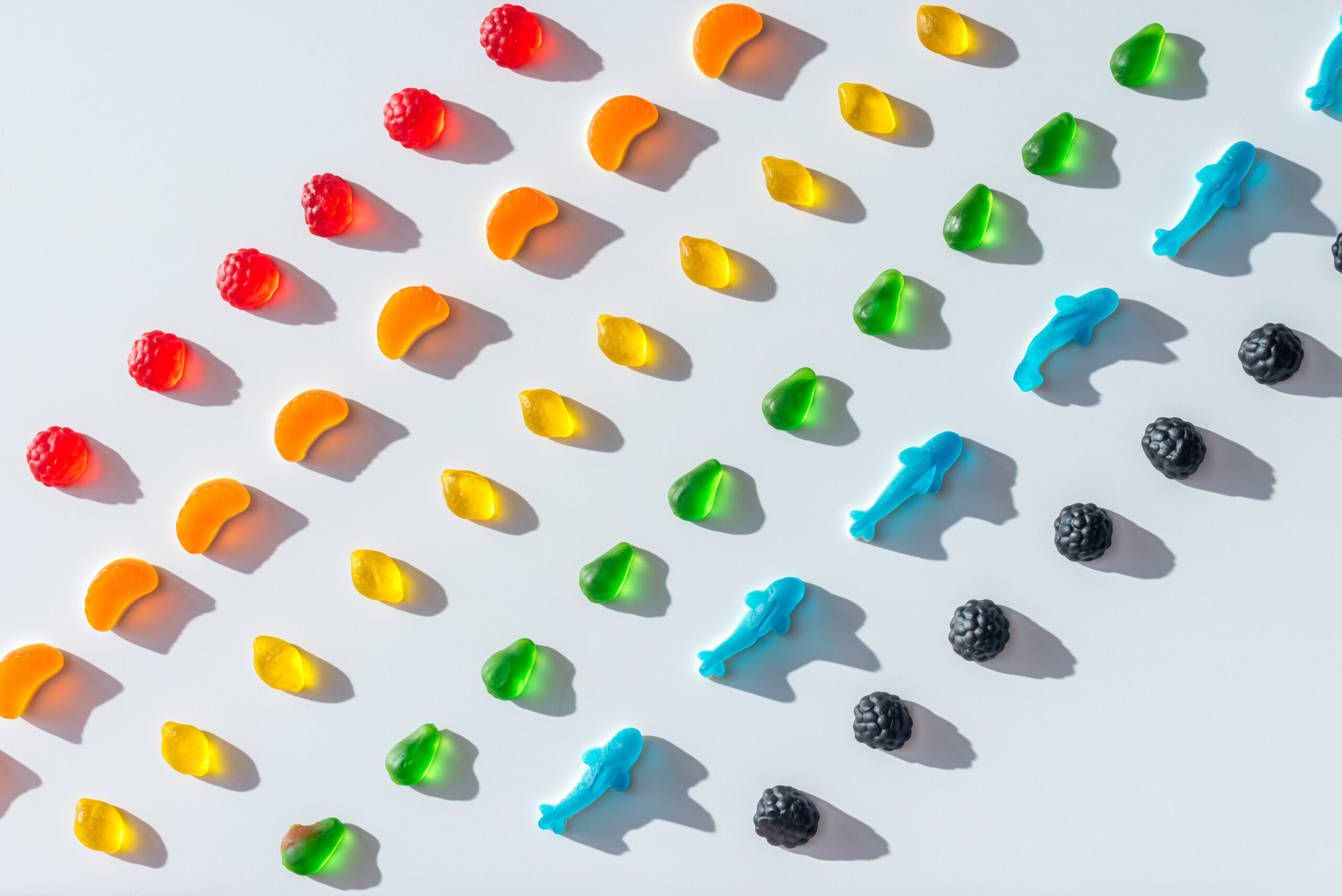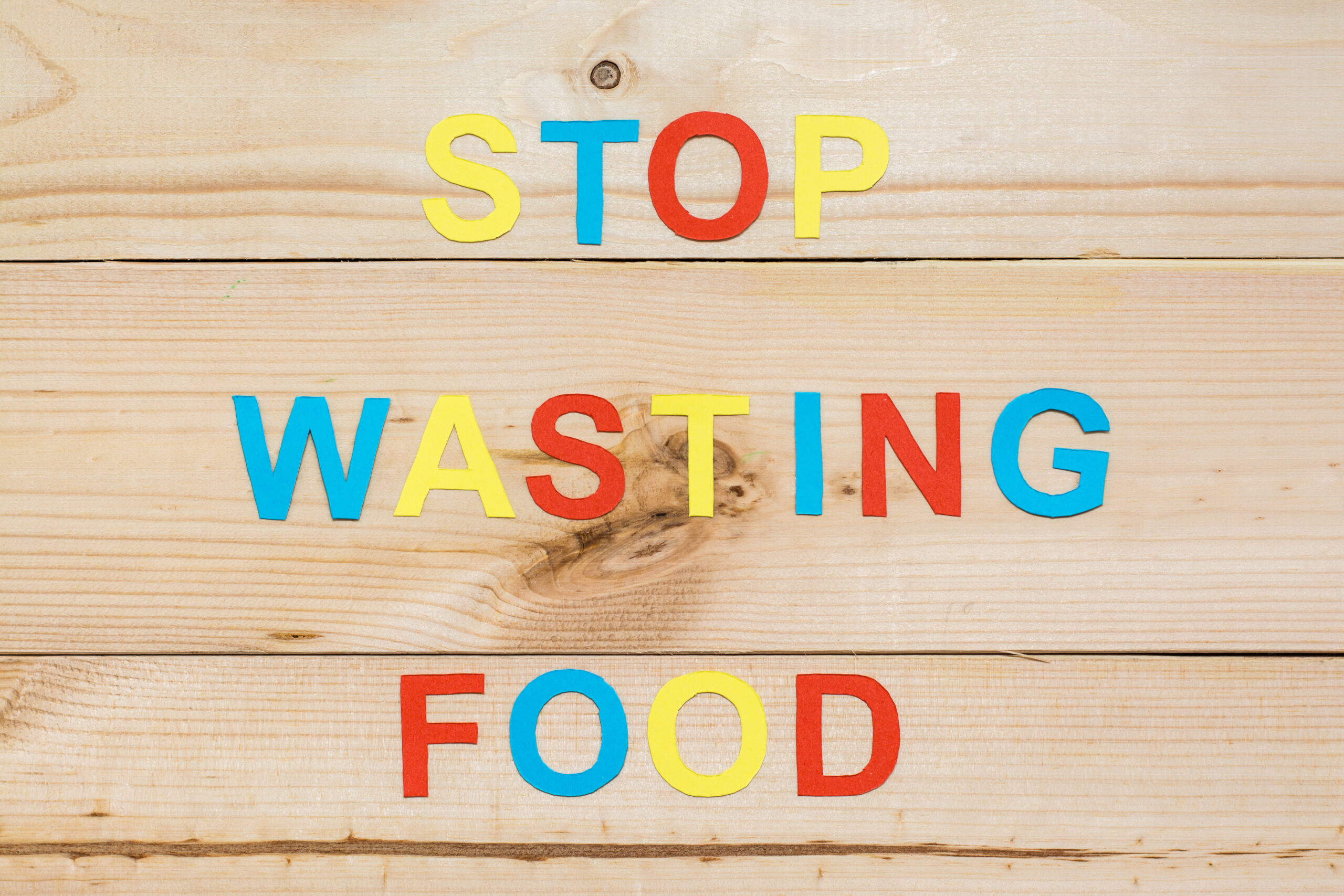The worldwide trade of pulses – lentils, edible seeds and kidney beans – is expected to experience a five percent growth in the next few years, resulting in a record value of 16.9 million tonnes .
The increase in imports and exports of pulses is primarily due to the growing demands from Far East Asia and Africa. Countries within those nations have experienced population growth and improved economic conditions.
Between 2012 and 2016, the average amount of pulses exported worldwide was 14.5 million tonnes annually. However, for the past three seasons, exports have increased reaching an estimated 16.1 million tonnes in 2016, which is a two percent increase from the 15.8 million tonnes exported in 2015 and a ten percent increase from the 14.6 million tonnes in 2014.
Canada is the world’s largest exporter of pulses. The country is forecasted to export 5,864,000 tonnes of pulses in 2017, which is a three percent increase from the exports made in 2016 . However, in 2015 the country exported a slightly higher amount than what is expected from 2017, a total of 5,906,000 tonnes. These predictions – from the International Grain Council – are based on the increased demands for dried peas in China, Bangladesh and India.
Australia is forecasted to export 2.8 million tonnes of pulses in 2017, a 35 percent increase of exports compared to the previous year’s. This sizeable increase in exports is primarily due to a record harvest of lentils in the country. India’s growing import demand could result in Australian pulses imports to reach 715,000 tonnes, triple the estimated amount for 2016.
In contrast, the US is expected to export 1,461,000 tonnes in 2017 which is a slight increase from the previous year and a 25 percent increase from the 1,167,000 tonnes that were exported in 2015.
Pulses are edible seeds gathered from leguminous plants and they are usually dried in the fields before harvesting. These plants do not require a lot of water to survive but they have very high protein content. Pulses also return nitrogen to soil which in turn decreases the need for fertilizer use in succeeding crops.
The top exports in the pulses category are dried peas, which are expected to have a three percent growth to 5.7 million tonnes due to increasing demand in Asia and Africa. Canada is the biggest dried peas exporter in the world, the European Union and Russia are in second and third place respectively.
These numbers are indicative of the growing demand for pulses worldwide. This industry could become even more popular as the growing millennial market leans towards natural protein alternatives.












Join or login to leave a comment
JOIN LOGIN